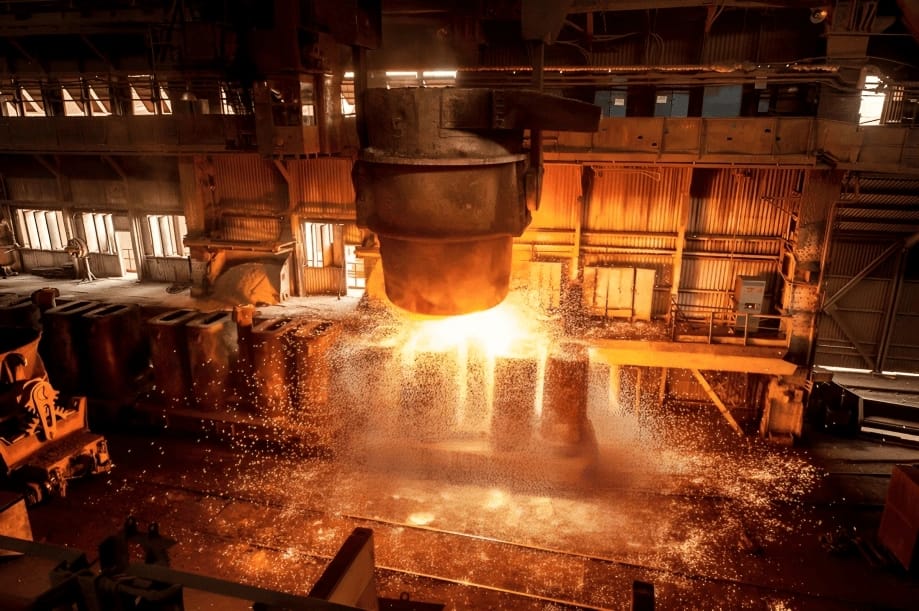The U.S. beef industry, which has faced significant challenges in recent years, is unlikely to find a quick solution in the form of political intervention, even from former President Donald Trump. Despite Trump’s previous promises to protect American farmers and industries, the complexities and structural issues within the beef sector present obstacles that cannot be easily solved by policy shifts or executive actions.
The Current Struggles of the Beef Industry
Several key factors have contributed to the difficulties faced by the U.S. beef industry:
- Consolidation of the Industry: A significant challenge has been the ongoing consolidation within the beef industry, with a handful of major players controlling much of the market. This lack of competition has driven up prices for consumers and squeezed out smaller, independent farmers and ranchers. As large corporations dominate beef processing, smaller producers find it increasingly difficult to compete, which has created a highly concentrated market.
- Labor Shortages: The beef industry, like many others in the U.S., has been severely impacted by labor shortages. The COVID-19 pandemic and its aftermath disrupted supply chains and led to widespread workforce reductions. Processing plants have struggled to operate at full capacity, which has further reduced production and added stress to the entire supply chain.
- Environmental and Regulatory Pressures: Growing concerns about the environmental impact of livestock farming, especially related to greenhouse gas emissions, have placed additional regulatory pressure on the beef industry. Many large-scale beef producers are increasingly facing scrutiny over sustainability practices, which has led to calls for stricter environmental regulations that can further burden the industry.
- Price Volatility: Beef prices in the U.S. have been volatile, with fluctuations driven by factors such as feed costs, global supply chain disruptions, and trade tensions. For farmers, unpredictable pricing makes it difficult to plan for the future and maintain profitability.
- International Trade and Tariffs: While Trump’s administration had a strong focus on trade policies and imposed tariffs on several goods, the U.S.-China trade war created uncertainty in global markets, including the beef industry. Exporters faced challenges as tariffs disrupted traditional trade relationships, particularly in Asia, one of the major beef importers.
Trump’s Influence and Limitations
While Trump made efforts to bolster the American agricultural sector, including pushing for favorable trade deals like the USMCA (United States-Mexico-Canada Agreement), his influence on the broader issues facing the beef industry is limited. The consolidation of the market, labor challenges, and environmental concerns are long-standing structural issues that cannot be resolved through tariffs, executive orders, or international trade agreements alone.
Moreover, the political climate and public opinion are shifting in favor of greater environmental responsibility, especially as climate change becomes a more urgent issue. Policies aimed at reducing emissions from agriculture, including beef production, are likely to intensify regardless of who holds office. These changes present a dilemma for the beef industry, where environmental regulations may conflict with the industry’s traditional practices.
Structural Changes Needed
The real solution to the beef industry’s struggles lies in addressing the structural issues that have been building for decades:
- Decentralizing the Market: To tackle consolidation, the U.S. would need to foster a more competitive market by creating policies that encourage smaller processors and farmers to thrive. This might include incentives for family-owned ranches, as well as measures to promote greater market competition in processing.
- Labor Reform: The beef industry needs a sustainable solution for its labor shortages. This could involve improving working conditions in meatpacking plants, increasing wages, and attracting more workers to the industry through education and training programs.
- Environmental Sustainability: The industry must embrace long-term sustainability practices, including reducing the environmental impact of cattle farming. This may involve adapting new technologies to reduce greenhouse gas emissions and investing in more sustainable feed and waste management practices.
- Innovation in Supply Chains: The supply chain for beef production is fragile, and its vulnerabilities have been exposed in recent years. Innovations in automation, supply chain logistics, and alternative protein sources could help to mitigate risks and ensure a more stable industry in the future.
Conclusion
While former President Trump’s policies, such as trade deals and deregulation efforts, helped certain aspects of the beef industry during his time in office, the broader issues facing the sector are deeply embedded in the industry’s structure. Solutions to these challenges will require a combination of government action, market reforms, and industry innovation that goes beyond political rhetoric. The U.S. beef industry needs a long-term strategy focused on sustainability, competition, and labor reform, rather than relying on short-term fixes or political intervention.





